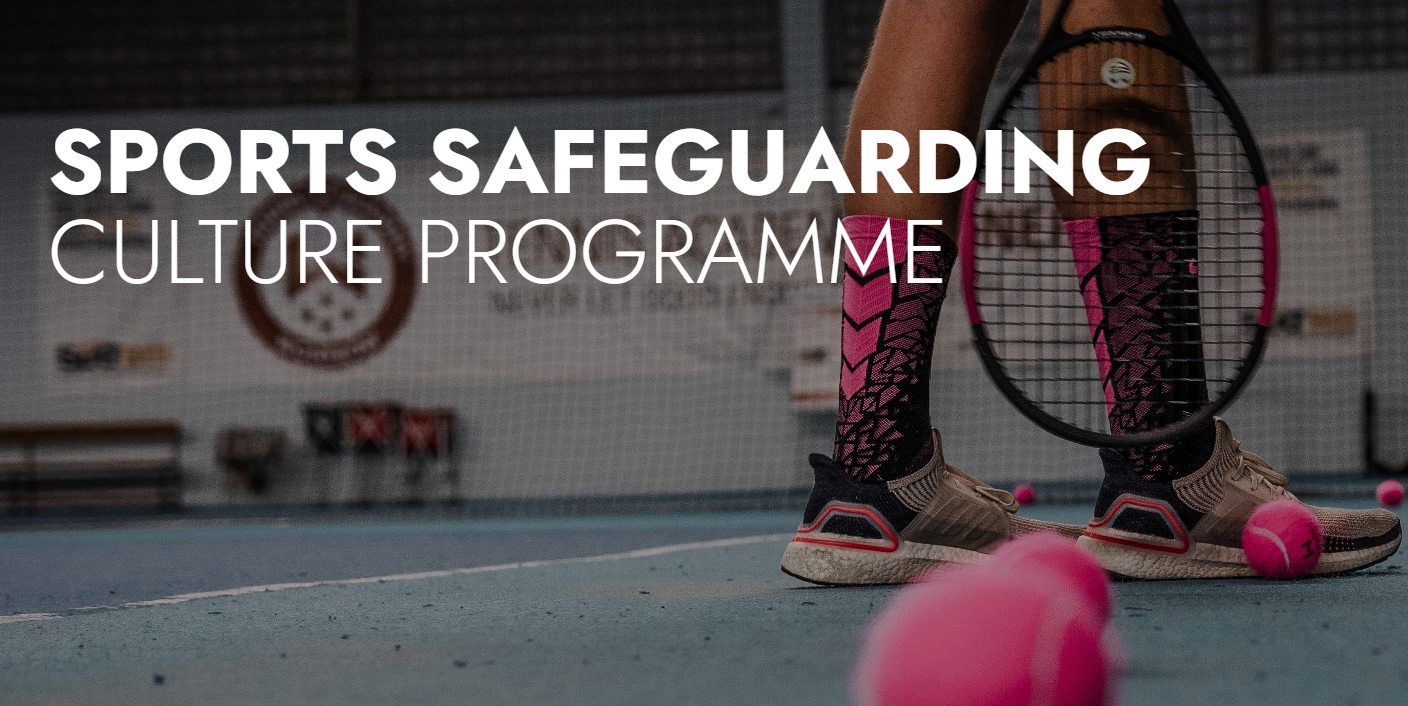
The Ann Craft Trust has collaborated with a number of other organisations to create a new online tool to support the leaders of sport organisations to better understand and develop safer cultures in their organisations.
A number of organisations collaborated on this practical, easy-to-use tool specifically with leaders in mind. Along with The Ann Craft Trust, contributing organisations include The NSPCC Child Protection in Sport Unit, the Commonwealth Games Federation, the Premier League, and UNICEF UK.
A core part of the tool is an organisational culture survey. This is free for the first 100 organisations that sign up. Anyone else can access the other tools and resources for free.
An organisation’s culture can impact how people in the organisation behave. This in turn has an impact on the organisation’s approach to safeguarding. So working towards a safer culture is a critical part of achieving safeguarding best practice.
Leading By Example
The Culture Tool supports sport organisations to assess their compliance, along with their values and beliefs. It will help them work towards creating a safer culture for the benefit of all.
A number of sport reviews have identified that a culture that does not support listening, learning, and leading can compound poor safeguarding practice, and even make abuse more likely. A safer organisation is one where everyone is confident that, if they raise any concerns, they’ll be heard and addressed.
Organisations, and the individuals within them, must also take the time to learn from safeguarding incidents and reflect on what they might need to change to facilitate best practice and minimise the risk of harm. They should lead by example to empower everyone with the confidence to challenge poor practice and instigate change.
– Emma Gibson, Head of Safeguarding Adults in Sport, Ann Craft Trust
The Role of Leaders in Creating Safer Cultures
Everyone who works in an organisation contributes to the overall culture. However, an organisation’s leaders have a significant role to play in developing the culture they want to see. They can establish good behaviour and act as role models for everyone else in the organisation.
This one-year culture programme supports leaders in sports organisations to understand their organisation’s culture. From this, they can develop a bespoke action plan to strengthen it.
Four Steps to Developing a Safer Culture
As well as a range of free resources to promote discussion and spark innovation, there are four steps in the programme:
Step1 : What is culture and why is it important?
This step provides an opportunity for leaders to learn more about what culture is, why it is so important for effective safeguarding, and the role leaders play in developing a safer culture.
Step 2: Culture through Compliance Audit and Action Plan.
Compliance alone will not change every behaviour. But it is an important basis on which to build a healthy safeguarding culture. The Culture through Compliance Audit focuses on existing policies, systems, and ways of doing things. By completing the audit, organisations can identify where current practice may not meet recognised standards, and take action to address this. Completion of the Audit leads to the generation of a bespoke action plan.
Step 3: Organisational Culture Assessment.
This steps aims to develop better understanding of how people experience working and playing sport under an organisation. It does this by asking questions in relation to seven different cultural characteristics:
- Safeguarding, child and human rights prioritised
- Accountability
- Inclusiveness
- Psychological safety
- Learning
- Transparency
- Collaboration
When an organisation begins to conduct their Culture Assessment, they will get access to their own unique culture survey link, to share with staff and athletes. Once the survey is complete, the organisation will receive a bespoke report showing how their different audiences experience the culture.
Step 4: Ongoing Reflections and Actions on Culture.
This step provides access to a set of guides that relate to each of the seven cultural characteristics, to help organisations prioritise and plan their next steps to improve organisational culture, based on the findings of the culture assessment.
Start Your Journey to a Safer Culture Today
By using this Tool to understand and take action to build a safer culture, leaders of Sports Organisations can demonstrate their commitment to develop and embed a safer culture for their sport.
Find Out More About The Culture Tool